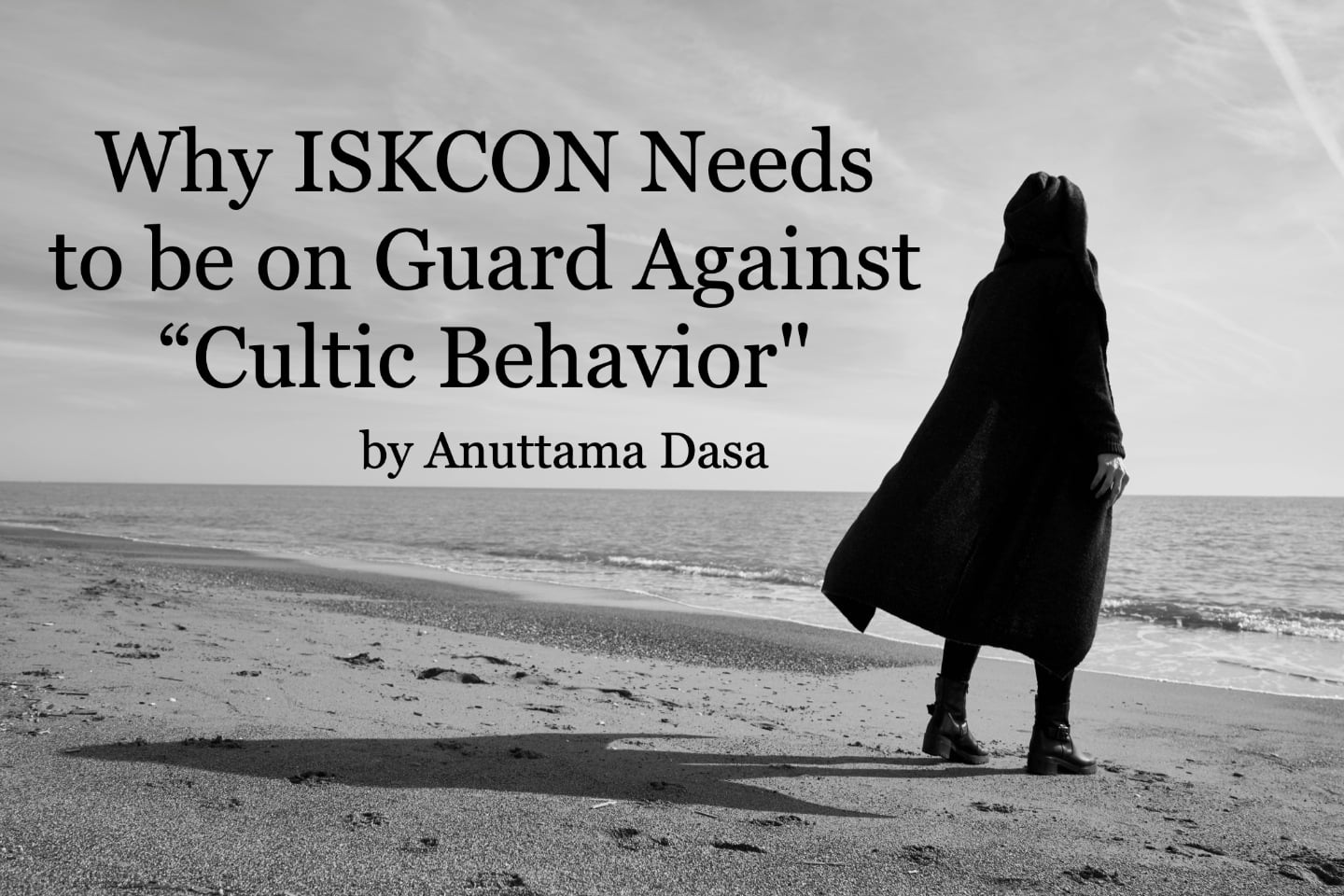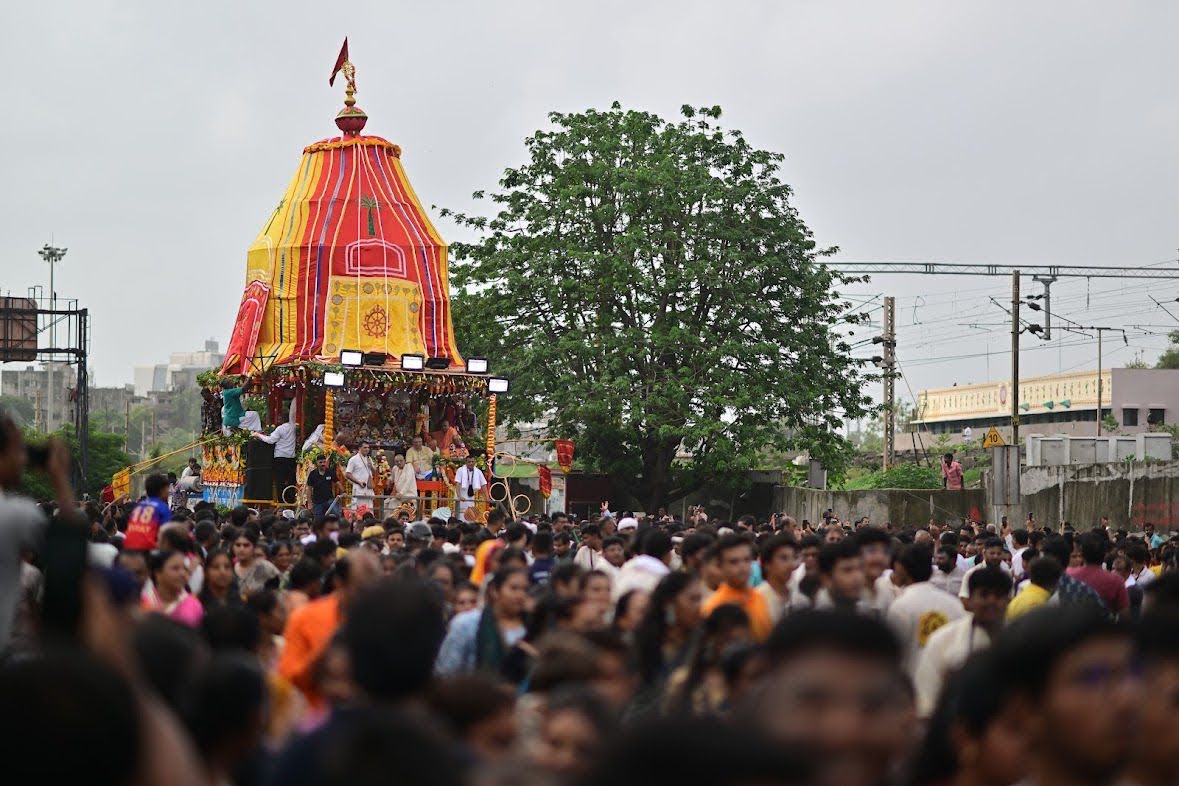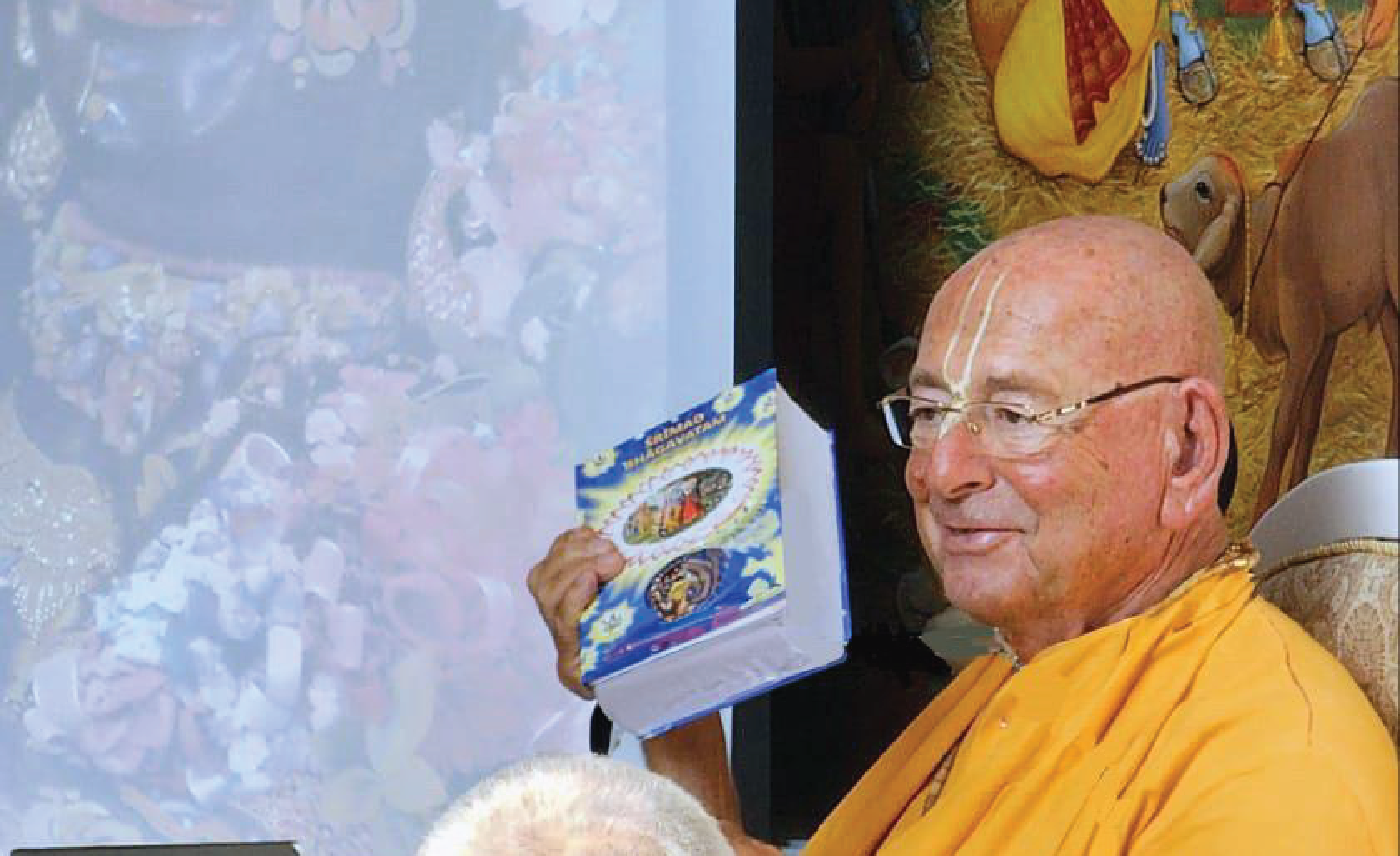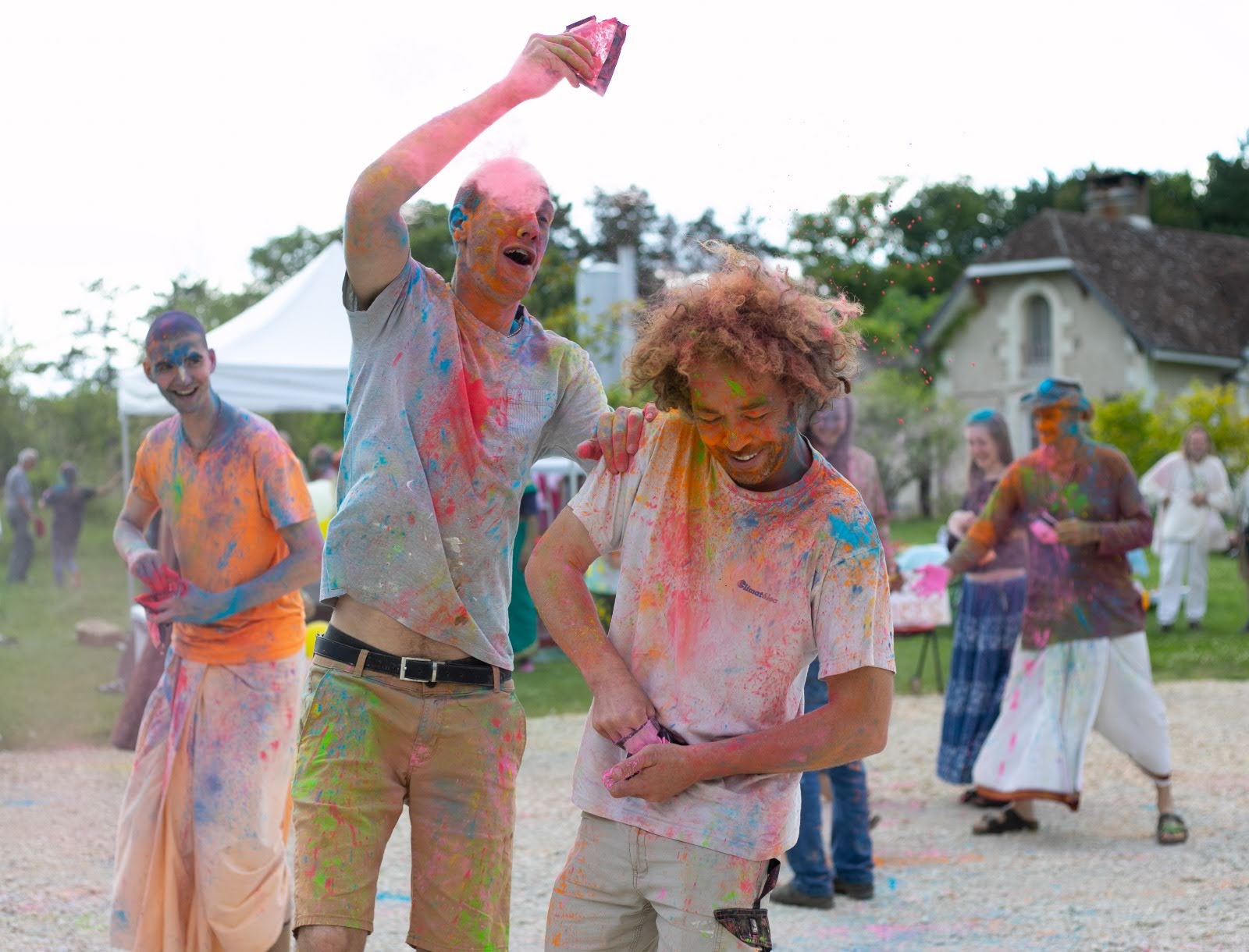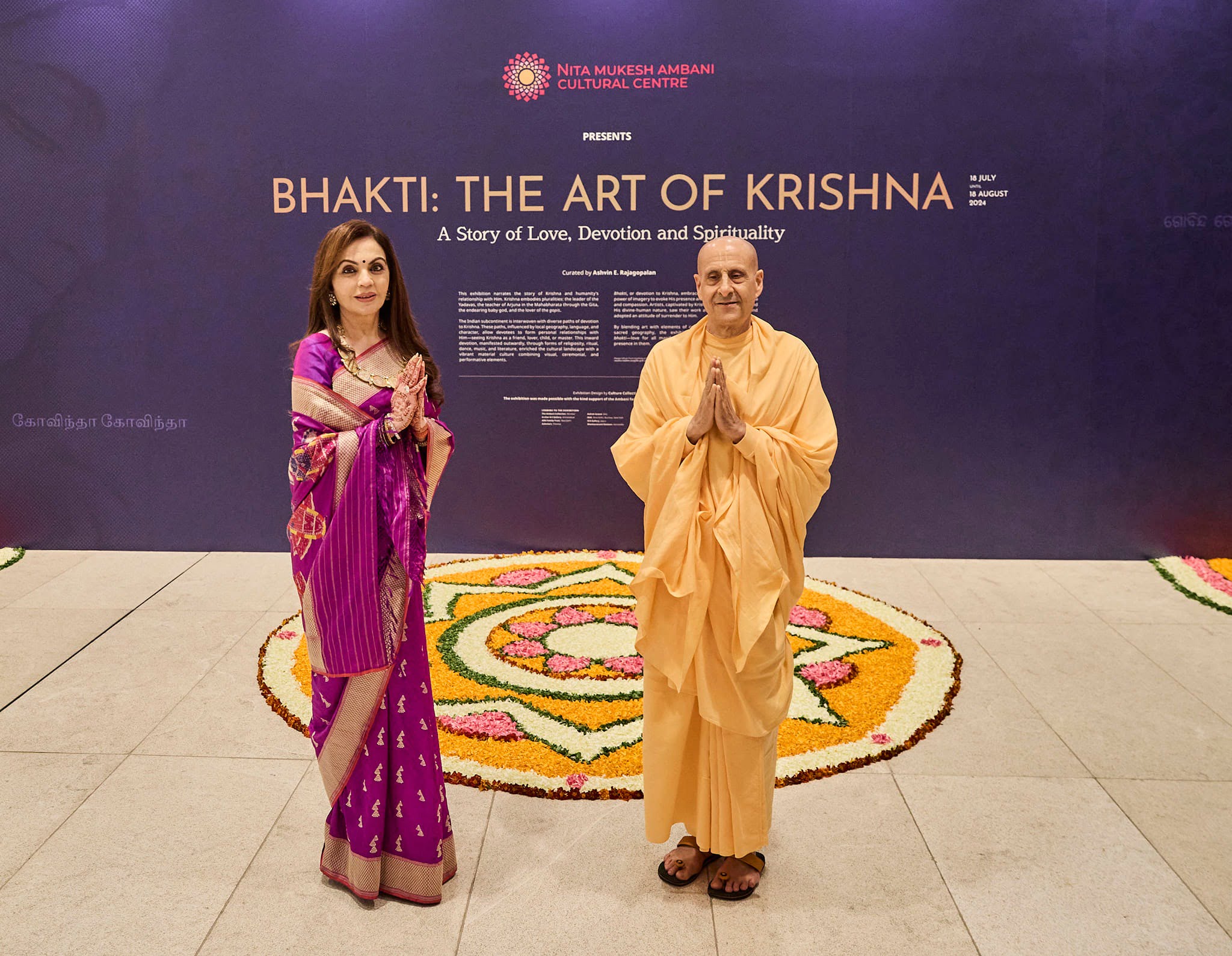Muslim Magazines Discover an Untapped Market
By Omar Sacirbey | Apr 03, 2007
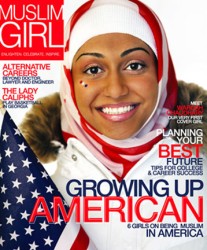
Holding an American flag and wearing a bright-white grin beneath her head scarf, Wardaw Chaudhary, a 16-year-old from Tulsa, Okla., radiated confidence and optimism, the perfect cover girl to grace the first issue of Muslim Girl magazine.
Launched in January with the tagline "Enlighten Celebrate Inspire," the bimonthly magazine targets what editor-in-chief Ausma Khan says are 400,000 Muslim teenage girls in North America who, like other teenagers, want a magazine that reflects their lifestyles and aspirations.
"We want to tell the stories of Muslim girls who have grown up in America," said Khan, 37. "We want to give them a voice and a forum where they can see themselves and connect to other Muslim girls, but also demonstrate how much they’re part of the fabric of American life."
Muslim Girl, with circulation approaching 50,000, is the latest of several new magazines catering to Muslim Americans. Although they reach for distinct demographics – teenagers, professionals, mothers and even secular Muslims – they share a common motivation: to define themselves at a time when many feel Muslims have surrendered that responsibility to a Western media that often gets them wrong.
The magazines follow a few longer-established publications, such as Islamic Horizons published by the Islamic Society of North America, and are more than an expression of Muslim American assertiveness. They reflect the community’s diversity and a growing Muslim market that is catching the eye of advertisers and distributors.
Today’s Muslim Girl readers might be tomorrow’s subscribers to Azizah, which premiered in late 2000 as The Voice for Muslim Women. Azizah, which means "dear" or "strong" in Arabic, blends profiles – America’s first Muslim female judge and a university "campus queen" – with health, travel, recipes and spirituality. But the quarterly glossy, with U.S. circulation of about 40,000, also handles tougher subjects, from custody battles and AIDS in the Muslim community to inheritance laws and how to spot men who marry for green cards.
Both Muslim Girl and Azizah were launched in part to correct stereotypes of Muslim women as oppressed and uneducated, fueled largely by news from overseas.
"Islam and Muslims are reported on in this country through the lens of Middle Eastern politics. So we see the Muslim woman as the Arab woman," said Tayyibah Taylor, 54, Azizah’s publisher and editor.
A reader put it this way: "The emergence of these Muslim publications presents us with the opportunity to declare who we are and what we believe unapologetically, to force others to acknowledge our increasing presence in the West, and allows us to dispel the erroneous Muslim stereotypes too often presented and accepted in Western media," Gena Chung, a 32-year-old Muslim convert and mother of three in Laurel, Md., wrote in an e-mail.
One of the new magazines, Islamica, serves up think pieces on current affairs along with articles on art, culture, science and business, as well as fiction and poetry. It, too, was born of a desire to challenge conventional views about Islam. After briefly appearing as an academic journal in the early 1990s, Islamica was revived in 2003 as a quarterly. It currently has a circulation of 14,000, including more than 6,000 subscribers in North America.
"By extending the scope of what people understand about the religion, it may be easier for them to contextualize events and understand where Islam is coming from and how its evolving, as opposed to through political events that tend to distort the religion," said senior editor Firas Ahmad, who likened his magazine to The Atlantic Monthly.
"What we’re trying to do is provide alternatives to what we think the mainstream media might be missing."
Chowrangi, on the other hand, was founded in 2005 by Pakistanis tired of being defined in one dimension.
"The whole point of Chowrangi was to get beyond the image of Pakistanis as only Muslims, and to celebrate the incredible cultural, ethnic, and linguistic diversity of the Pakistanis," said Nuzhat Ahmad, 36, the magazine’s physician-founder. "There was an intense frustration about how the media portrays Pakistanis as this monolithic group and sort of stereotypes them into bearded people burning the U.S. flag. The true picture is actually completely different."
The magazines have something in common with many others in print: financial pressures.
"Like any magazine we’ve been on the brink of collapse several times in the last few years," said Ahmad, the Islamica editor. But Islamica’s chances of surviving, he added, improved with the recent arrival of a publisher and a switch to a nonprofit model.
Muslim Girl hopes to make money from advertising. FOX and Oxford University Press have bought ads, and Khan believes more big advertisers are on the way.
"One of the great untold stories here is that the American Muslim market is where the Hispanic market was five years ago, on the verge of major break-out, and there’s enormous potential to market to this audience," said Khan, who left a teaching position at Northwestern University to run Muslim Girl.
A 2002 survey by Cornell University found that 90 percent of Muslim households earn about the U.S. average, while a 2004 Zogby International poll found that one in three Muslim Americans earns more than $75,000 per year.
This month, Barnes and Noble, which also carries Islamica, announced it would carry Muslim Girl in all but about 20 of its nearly 700 stores.
Azizah has mainly relied on Muslim-owned businesses for advertising, especially from the fashion sector. "We felt that it was very important for Muslim businesses and Muslim designers to be showcased. If not here, then where?" said Taylor, who with a partner launched the magazine without bank loans.
While many Muslims have welcomed the magazines, there has been criticism. Some Muslims have complained that Azizah only features women who wear the hijab, or head scarf, as cover girls.
Taylor’s response: "We wanted the magazine to be instantly recognizable, kind of iconic as a Muslim women’s magazine. And even though many Muslim women do not wear hijabs in public, when they stand to pray, they all do."
"If I have an African American woman or a Pakistani woman on there without (a) hijab, it might be any Pakistani magazine or any African-American magazine. But with a woman who’s covered, people know instantly."
©2007 Religion News Service. All rights reserved.






